Did you know that John Deere, the tractor company, has been using content marketing for over a century?
They’ve had their magazine The Furrow since 1895! Talk about consistency.
It’s nothing new, but content marketing trends are constantly changing like the wind.
This means that you have to stay up to date if you want to generate the best results from content campaigns, and not let competitors get ahead.
That’s why today I’ll be teaching you about trends in content marketing, and how you can use them to your advantage.
Follow along 🙂
Voice search is rising
Okay Google. How is voice search trending right now?
According to a study that was performed by Mary Meeker, the amount of Google voice searches has risen 35x since 2008, and 7x since 2010 compared to 2016.
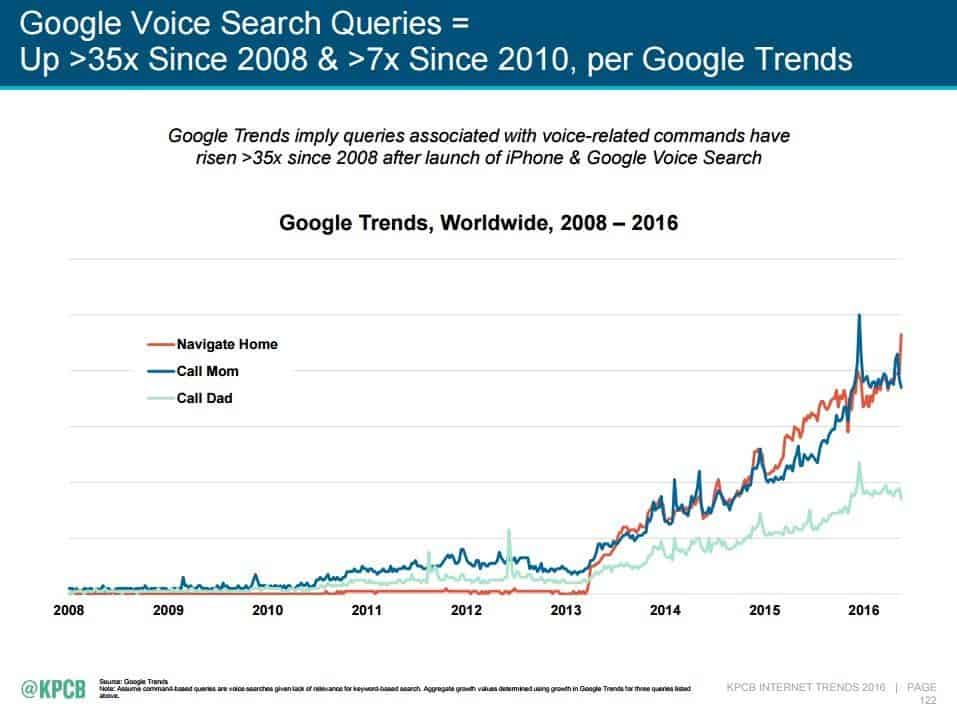
It’s becoming the norm to conveniently ask Google a question through a smartphone, which most of the world uses by now on daily basis.
How will this change content marketing exactly?
Mostly keyword research.
Traditionally you would use tools like Google Keyword Planner, find choppy phrases, and include them as naturally as you could in content.
While this will most likely work forever, marketers will need to start researching questions that are being asked by users.
These can be placed in headers, FAQ’s, or other areas you find appropriate on your website.
Finding voice search terms
I recommend that you download the free Chrome extension called Keywords Everywhere.
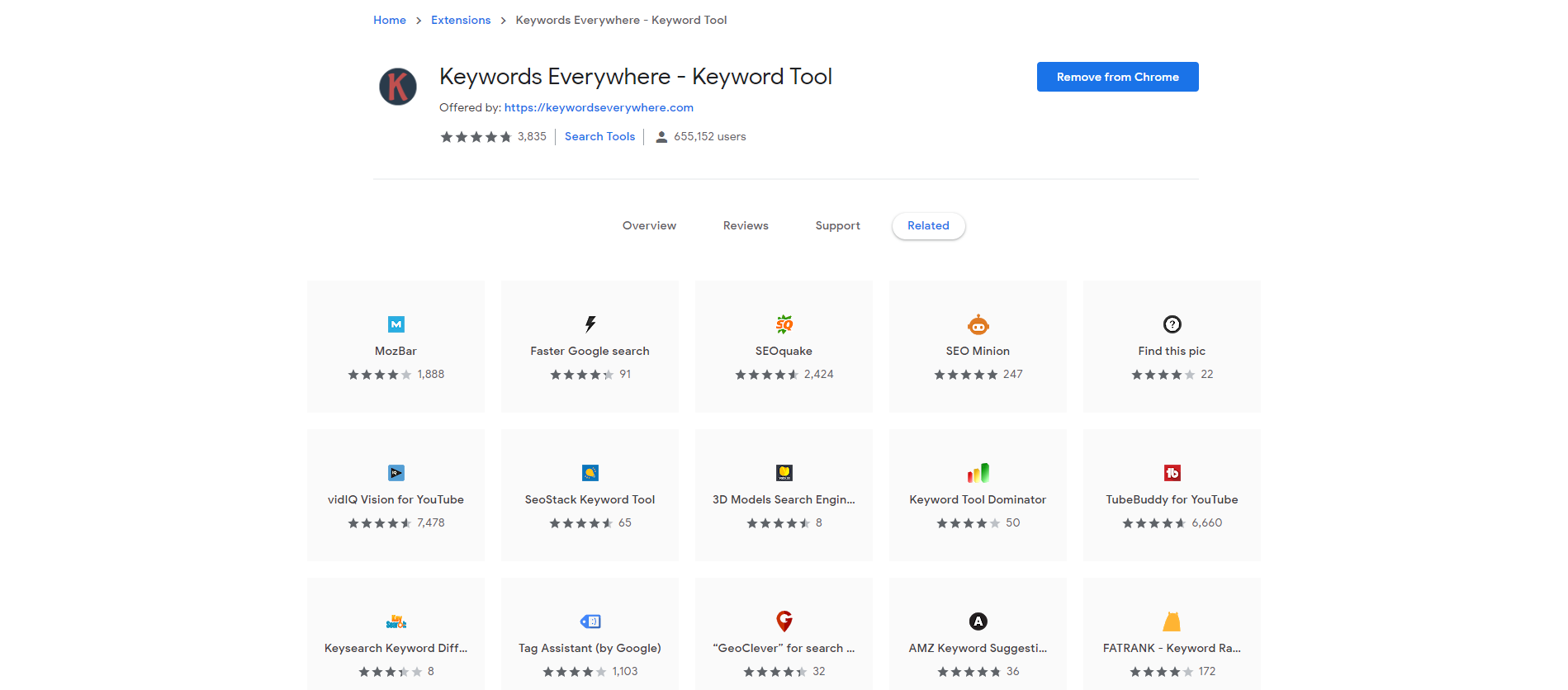
It helps you find new keyword ideas, while also displaying search volume directly on Google. Look at this.
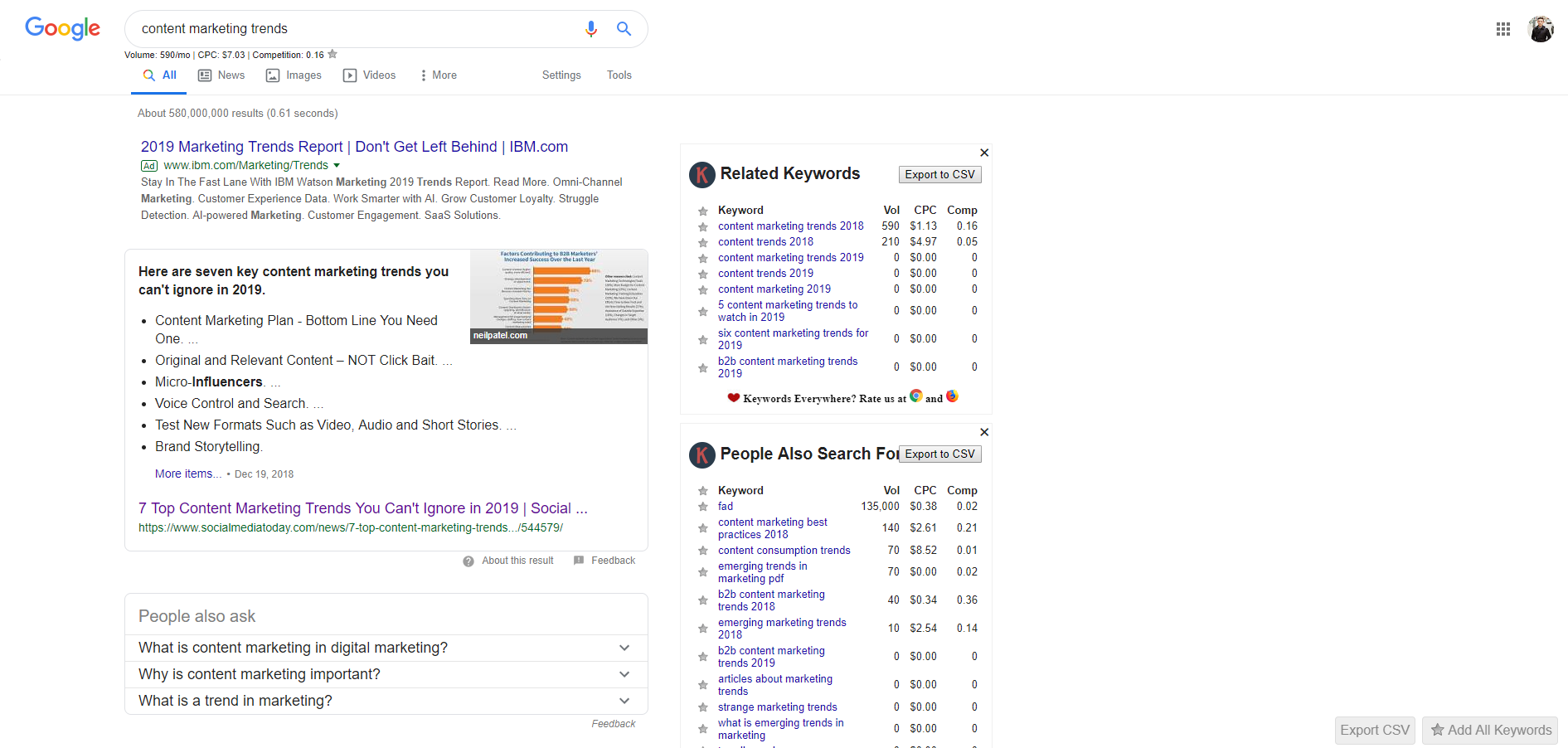
I searched Google for “Content marketing trends” and it displays the search volume, CPC, and competition score directly under it.
On the right side, you can see that it also displays related search terms, and what users are also looking for.
The results can be quickly exported out as a CSV file from the bottom right corner, too.
Along with this free extension, always scroll directly to the bottom of a Google search and take a look at the related phrases.
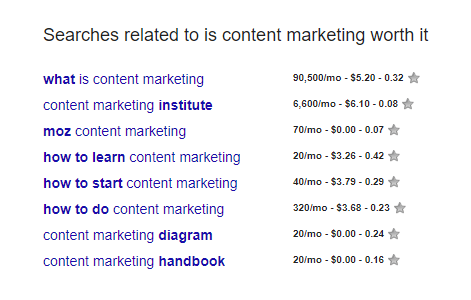
I looked up “Is content marketing worth it?” and Google gave me tons of ideas about what users are also interested in.
Together, Keywords Everywhere and Google’s very own search data will help marketers like you find questions that users are asking to center content around.
Long form content
When you visit all of the big players in any niche, what’s one trend you notice between their content?
It’s long form.
I’m talking 2,000, 3,000, 4,000 words or more.
Heck, I’ve seen 10,000 word blog posts on some sites.
Long form is in, and it’s only continuing to rise in popularity.
Check out this study that Backlinko did. They took 912 million blog posts, and analyzed them to extract useful data.
They concluded that long form content generated 77.2% more backlinks than shorter content.
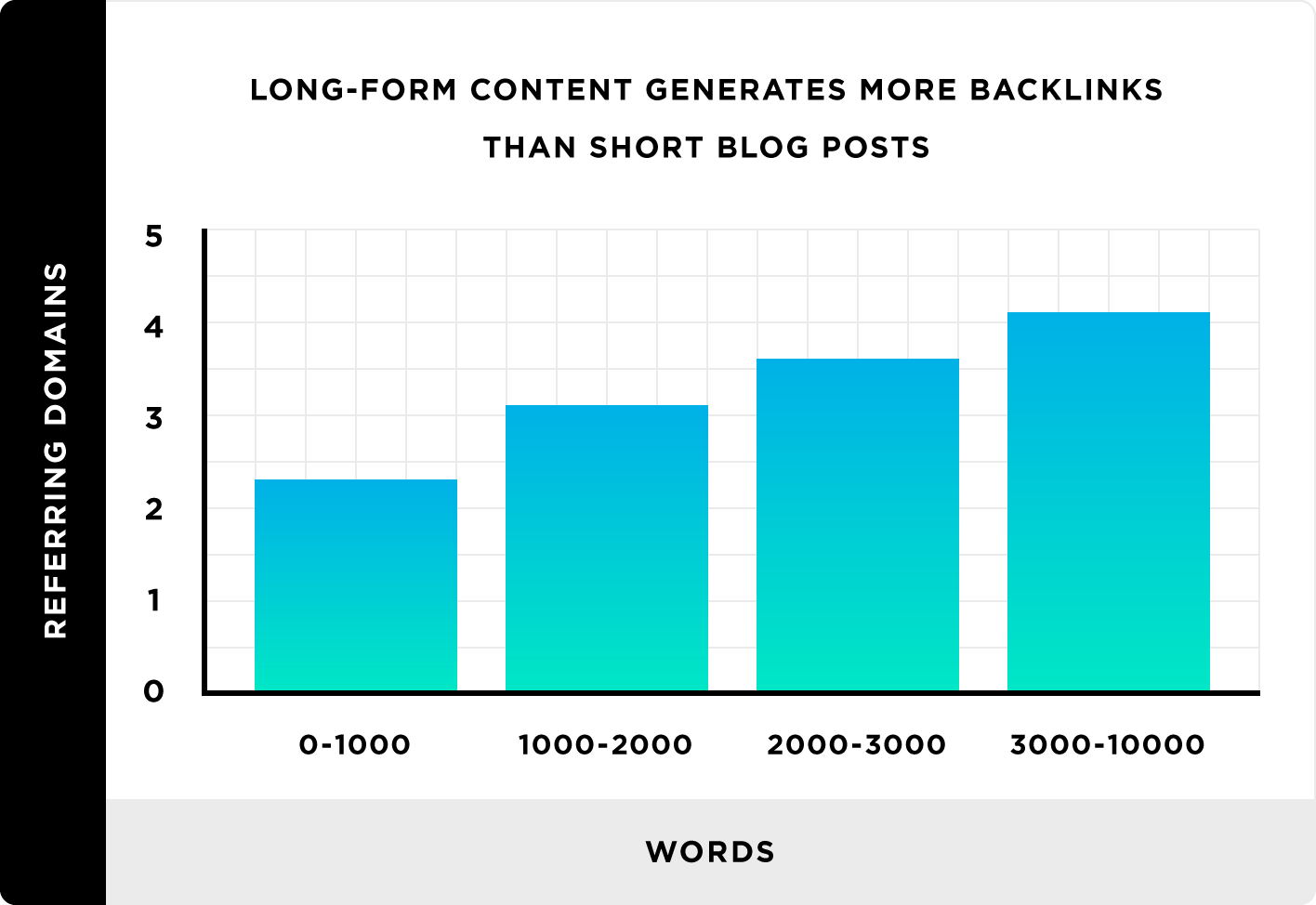
There’s also other data you can find that shows longer content receives more social share and tends to rank higher on Google.
Let’s break down why.
Firstly, long form content allows marketers to rank for more keywords. This means increased amounts of organic traffic.
Secondly, longer content implies that there will be more information, tools, and resources for readers to use. They will be more likely to share it with their friends because of this.
Since Google looks at UX based metrics like average time spent on page and bounce rate, longer content also tells the algorithm that your content is useful if it performs well in these areas.
When other webmasters are searching for high quality resources to link out to, a length article with practical and actionable advice will stand out versus a bland 500 word post.
While it may seem intimidating to write a few thousand words every day, you can make it easier by planning out every single article.
Make a skeleton that consists of every major point, sub-point, and resource that you would like to mention. This way when you go to write, you know exactly what to speak about, and writers block goes out the window.
Custom content
As you will learn in the next point, having a buyers persona is crucial for the success of any content marketing strategy.
A buyers persona is a personification of your ideal reader. It consists of what you believe their interests, strengths, weaknesses, and demographics are.
It will look something like this.

Unfortunately only 44% of marketers are using a buyers persona right now, but don’t be one of them.
Producing random topics, and having no clear target audience is a quick way to dig a content grave.
Think long and hard about your ideal client, what they struggle with, and curate content that solves their problems.
You will organically attract only the most relevant users, which you can then suck into your lead generation funnel.
Moving forward, every business needs to ensure that are creating content that is customized for a very specific audience if they want to hit KPIs.
Having a content marketing plan
As I touched on yesterday in my content marketing stats article, 45% of content is published on an ad-hoc basis.
This means almost half of businesses have no organized strategy for their content.
It doesn’t take much effort to put together a plan that will save you time, headaches, and improve the ROI from content marketing. Here’s how.
Step 1: Decide on the formats
Once you have a clear buyers persona, carefully choose a couple of content formats to double down on.
Look at competitors, and stay up to date on statistics to understand what is performing the best.
Blog posts, videos, and podcast episodes are the trending formats currently, so they are a great place to begin.
However, there are many other formats you can choose like infographics, slideshows, or live presentations.
Step 2: Have clear distribution channels
Most people are publishing content, and then kicking their feet up afterwards.
Don’t do that.
Promote the hell out of your content.
No need to go overboard, either. Just choose a few different channels that you can use to reach your audience on a regular basis.
This may be an email list, Linkedin, Medium, or other network.
Step 3: Create a publishing schedule
How often you produce content will depend on your time, budget, and individual goals.
As a general rule of thumb, I’d recommend publishing content three times per week.
Some do it once per week, and others do it every day. Start small and gradually build up either way.
Step 4: Make a content calendar
Have you opened up WordPress or another CMS, and sat there waiting for an idea to pop up?
Trust me, I’ve been there, too.
Wouldn’t you like to speed up the writing process, while saving time and energy?
This can all be achieved easily through a content calendar.
Content calendars map out your content for every month. Here’s an example.
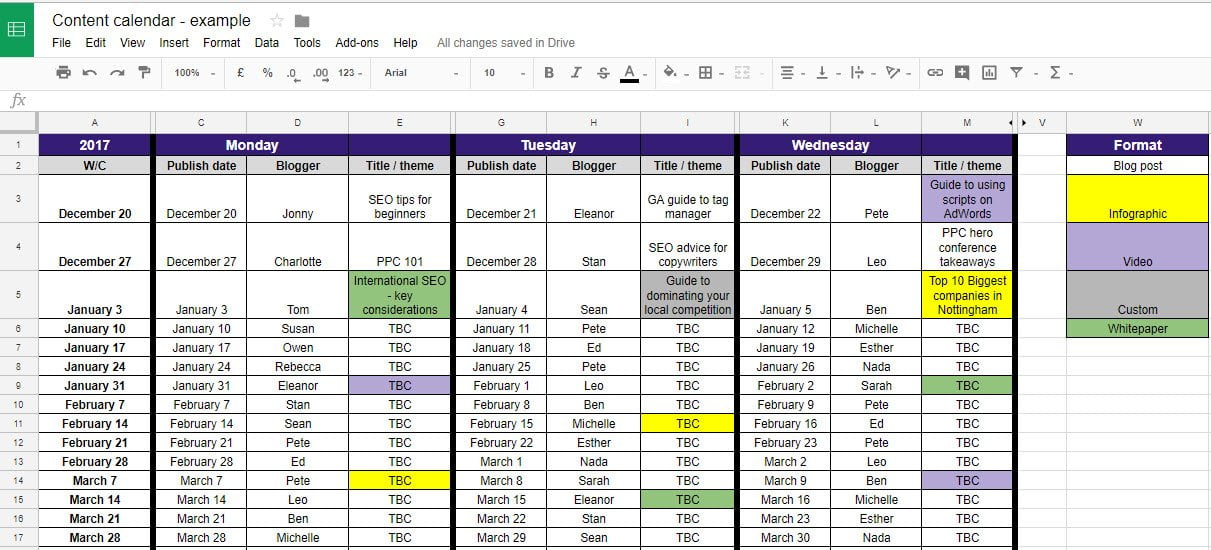
It should have columns for:
- Publishing dates
- Type of content
- Title
- SEO keywords
- Writer
Feel free to include other columns, such as the content goal or KPIs for each post.
Podcasts
I don’t know about you, but I love listening to podcasts.
Whether it’s business and marketing related or Joe Rogan, I’ve quickly fallen in love with audio.
But it isn’t just me. It’s the world, too.
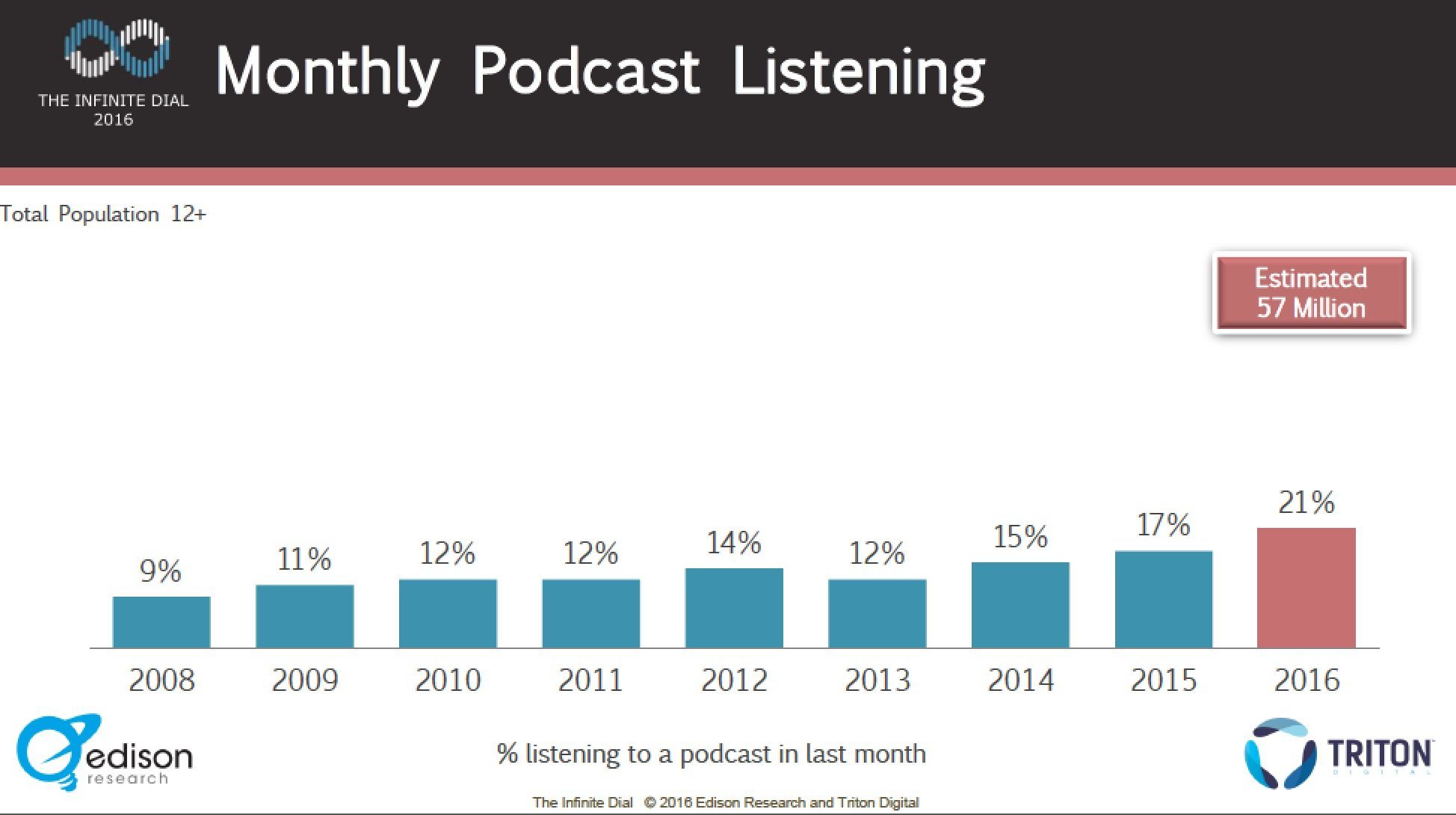
Year by year the amount of podcast listeners is growing.
I believe this is because audio is convenient. You can listen to a podcast while you drive, study, work, cook, or practically doing anything.
A podcast is perhaps the simplest form of content to make as a marketer, too.
All you need is a microphone and some ideas.
Both Windows and Mac computers come equipped with recording software out of the box, so there’s no excuses!
Podcast episodes can be uploaded to your website, YouTube, Soundcloud, Google Play, iTunes, and podcast platforms like Blubry or Buzzsprout.
I’d recommend that if you have existing content to take those topics and repurpose them into audio. This saves you time from coming up with brand new ideas.
Videos
Similar to podcast, videos have become one of the most enjoyed forms of content on the internet.
They are convenient to digest, and businesses are experiencing some exciting stats with video.
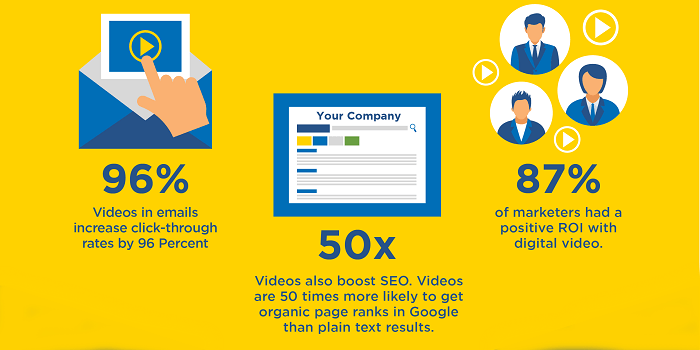
87% are getting a positive ROI, whether it’s with video ads or content.
For those practicing SEO, you’ll also be happy to hear that videos are 50 times more likely to rank in search engine than written content.
How many times have you searched something yourself on Google and a YouTube video popped up?
You don’t have to be the Steven Spielberg of video marketing to get results, either.
One of the simplest and easiest video formats to produce is a slidecast. These are slideshows that have narration over them.
Repurpose another piece of content you’ve made previously into a slideshow, and use free software like iMovie to speak over it.
Upload videos to YouTube, your website, Vimeo, and other sharing platforms.
Artificial intelligence
Automation is the future.
Using automation in your business will make every process more cost effective, and that includes content marketing.
AI, or artificial intelligence, is a machine that can solve problems and behave in a way that a human would.
In the summer of 2018, Alibaba unveiled that it has an artificial intelligence that is smart enough to write copy.
They estimate that it’s used one million times per day by brands like Dickies and Esprit.
While you may not have the budget to craft an AI that can write content on its own, there are many ways content marketers can still take advantage of this emerging technology. Here’s how.
Chatbots
53% of consumers are more likely to purchase from a brand that they can message. In the case that they need to ask a question or have a concern, live chat is a priceless resource.
It seems like nowadays you can’t escape them.
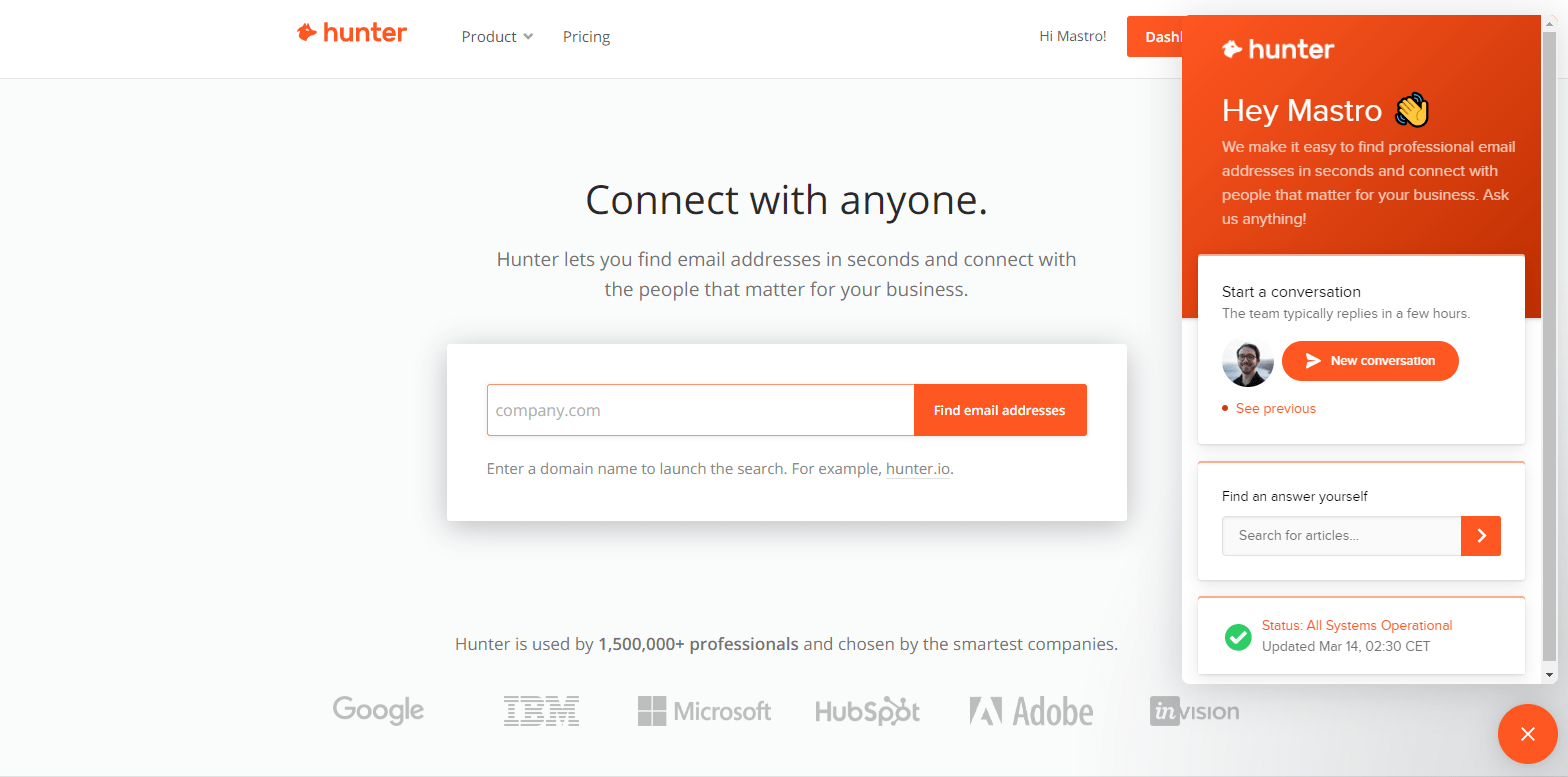
Chatbots can be used in multiple different ways to align with a contnet stratey, as well.
Firstly, you can create a drip effect in which content is rpomoted after a certain amount of time when a user engage wit hchat.
Secondly, live chat can be used to qualify users or funnel them towards a lead magnet like a free e-book.
More visual elements
A study by the content marketing company Skyword found that articles with relevant images gained 94% more views compared to those without images.
I’d suggest that you begin adding more images to your blog posts, whether it’s in the form of infographics, stock images, graphs, or charts.
All of these make content more entertaining, practical, and resourceful.
There are free tools at your disposal like Snappa to make awesome images in minutes.
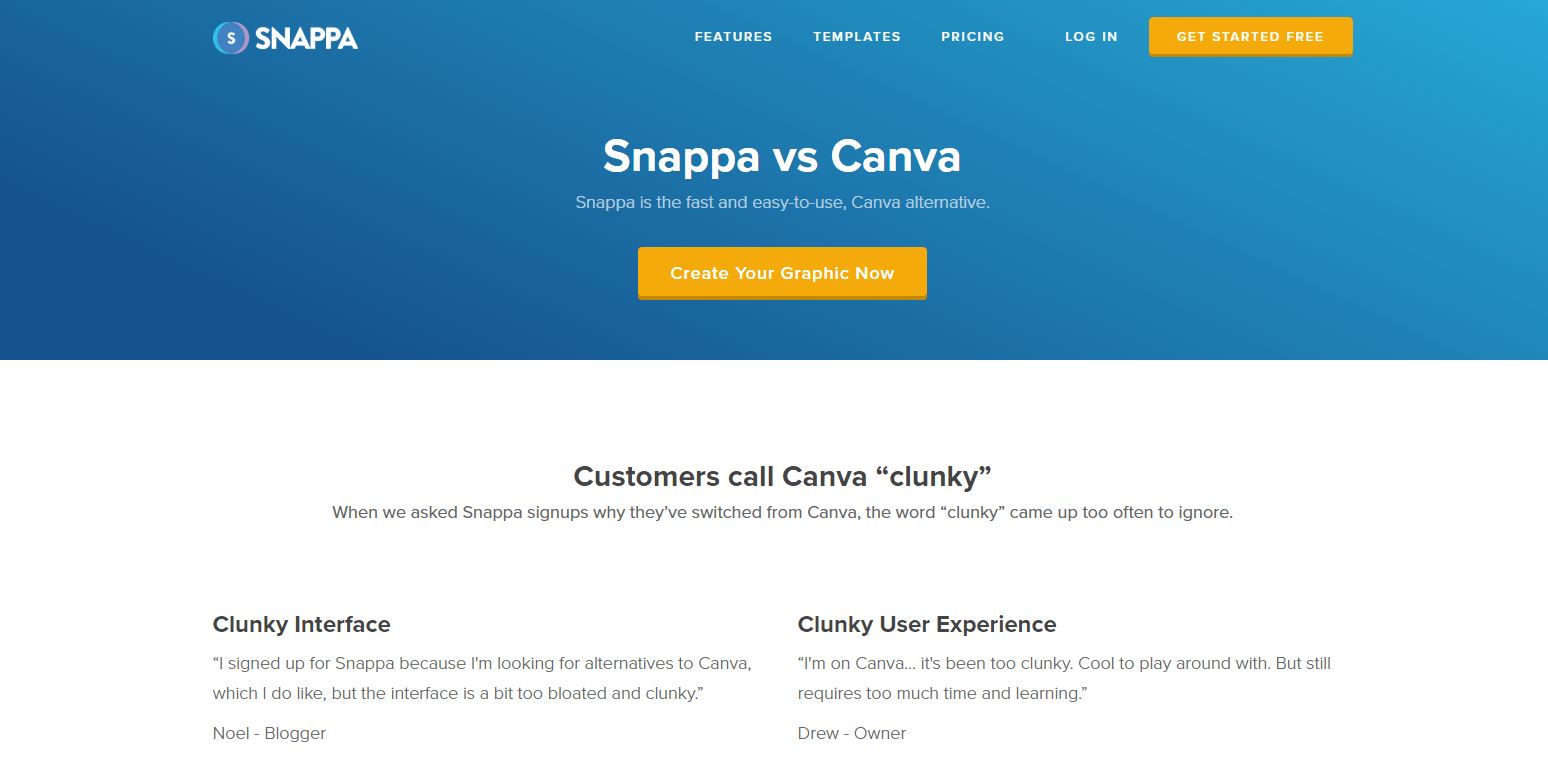
Click “Create Your Graphic Now” and sign up for a fee account.
On the following page, enter in custom dimensions or click a template.
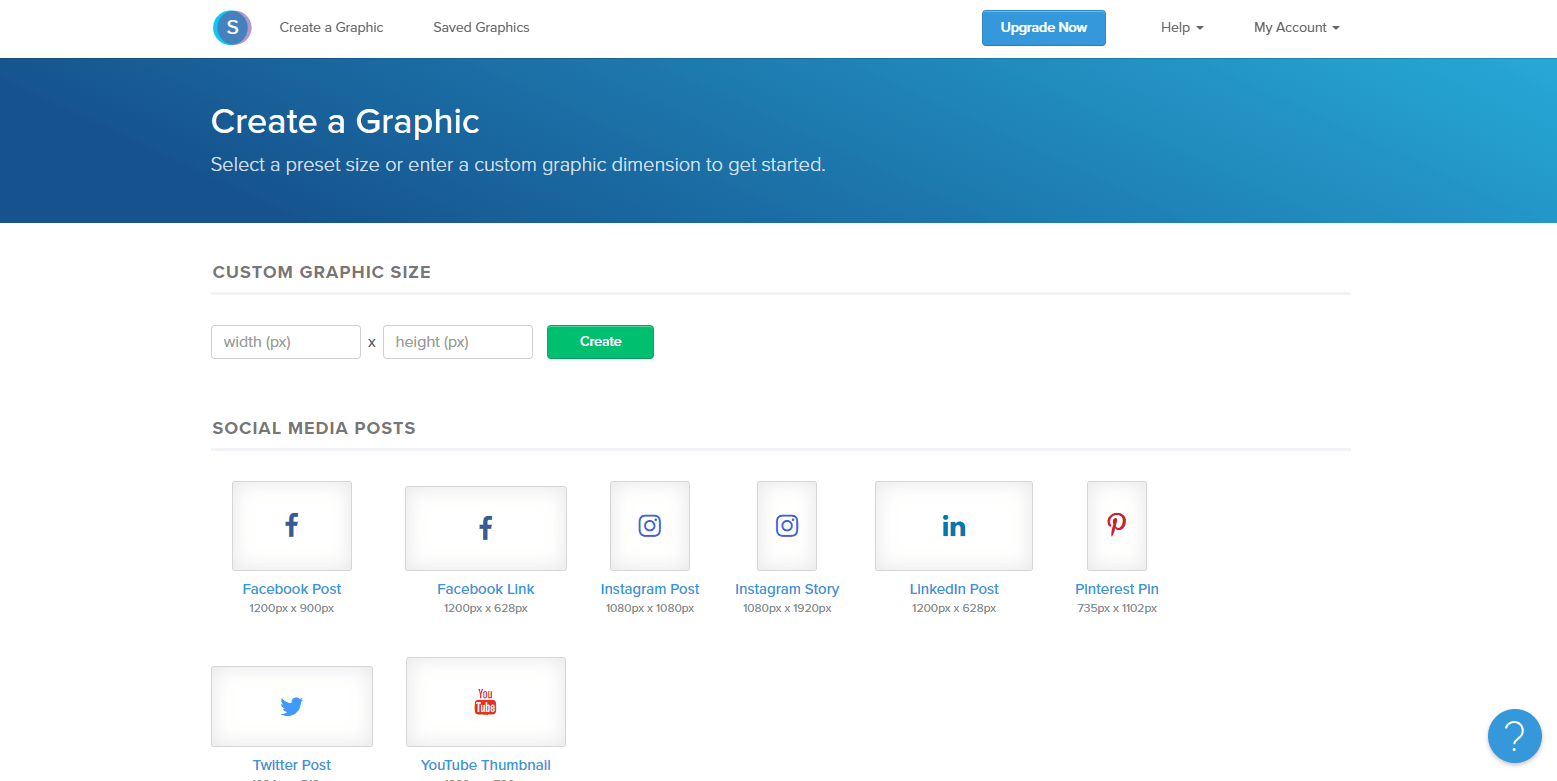
You can edit the background, add effects, and implement different shapes/graphics as you please on the creation page.
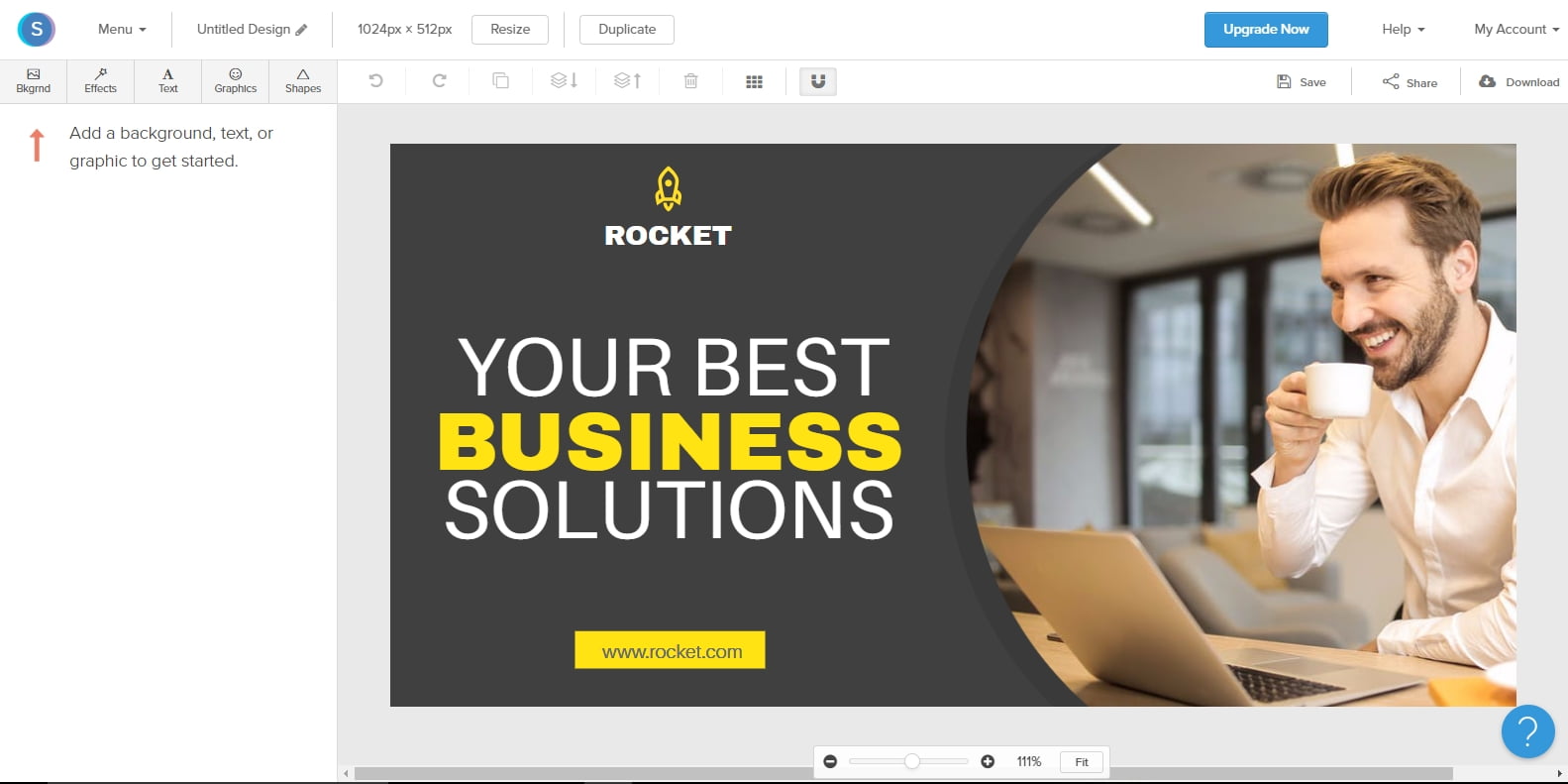
Let’s wrap up
If you don’t want to fall behind competitors, you will need to stay up to date on the following content marketing trends.
Voice search is rapidly growing, meaning marketers must shift how they research and target keywords. Use tools like Keywords Everywhere to find questions and relevant long tail phrases.
Content needs to be customized for a single audience using a solid buyers persona for the best results. Furthermore, businesses need to begin creating and following a strict plan, consisting of a schedule, specific formats, and other KPIs.
Long-form content appears to be trending in terms of search results, social shares, and natural links. This means that you need to start upping the word count of articles you publish moving forward.
Having a variety of content will also be a rewarding strategy, with podcasts and videos quickly becoming the most absorbed formats in current times.
Visuals remain as an important component of content, so use tools like Snappa to make interesting graphics.
Lastly, consider integrating some form of AI into your content marketing plan, with the easiest place to begin being chatbots.














